
Long-Term Solutions for Keeping Succulents Pest-Free Year-Round
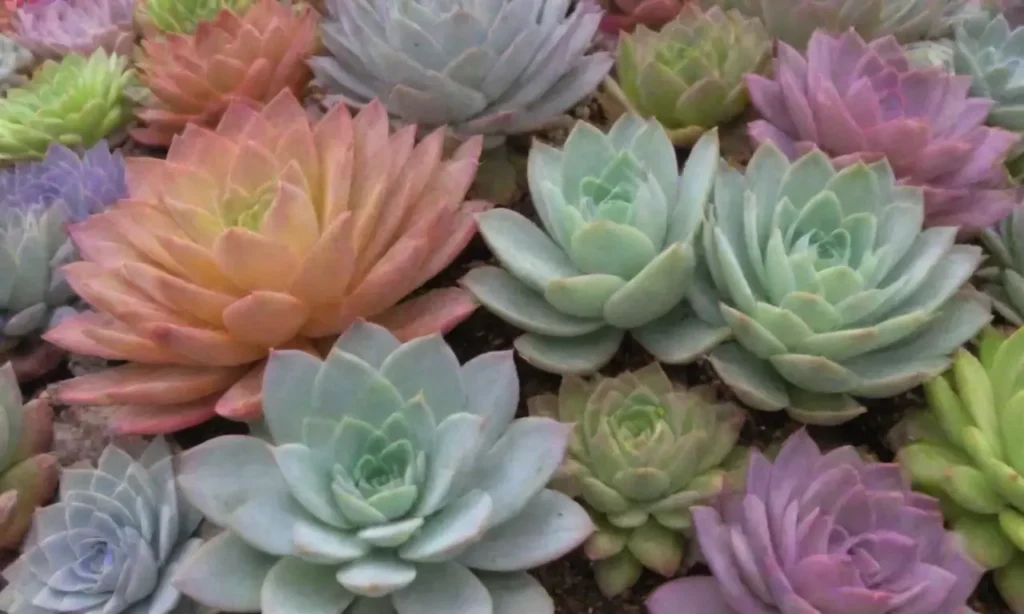
Introduction
Succulents are a favorite choice among plant enthusiasts for their resilience, unique aesthetics, and relatively low maintenance. However, even the hardiest of succulent plants can fall prey to pests if not properly managed. Not only do these pests threaten the beauty of your plants, but they can also potentially compromise their health and vitality. This article aims to provide you with long-term solutions to keep your succulents pest-free year-round, ensuring they remain vibrant and thriving.
In the following sections, we will explore various pest management strategies, preventative measures, and proper care techniques tailored specifically for succulents. From environmental adjustments to safe pest control methods, our goal is to equip you with all the tools necessary to maintain a healthy, thriving indoor or outdoor succulent garden that is resilient against pests.
Understanding Common Succulent Pests
Before we explore effective solutions, it is crucial to understand which pests commonly affect succulents. By identifying these intruders, you can better protect your plants. The most notorious pests include mealybugs, aphids, fungus gnats, and spider mites. Each of these pests can cause distinct damage, including leaf discoloration, wilting, and even rot, if left unchecked.
Mealybugs
Mealybugs are soft-bodied insects that appear as small, white, cottony masses, typically found in the leaf axils or the undersides of leaves. These pests suck the sap from your plants, leading to weakened growth and potential death of the plant. They often excrete a sticky substance known as honeydew, which can attract ants and lead to the growth of sooty mold.
Aphids
Aphids, on the other hand, are tiny, soft-bodied insects that cluster together on the new growth of succulents. They come in various colors, including green, black, and yellow. Similar to mealybugs, they feed on the sap of the plant, resulting in distorted leaves and stunted growth. They also excrete honeydew that can support fungal growth, thus exacerbating the problem.
Fungus Gnats and Spider Mites
Fungus gnats are small flying insects that are often found around plants with over-wet soil. Their larvae can damage the roots of the succulent, leading to rot. In contrast, spider mites are extremely small and can barely be seen with the naked eye. These pests thrive in dry conditions and can cause stippling and discoloration on leaves.
Recognizing these offenders can be critical in the fight against pests. The earlier you identify an infestation, the easier it will be to solve the problem and keep your succulents in optimal health.
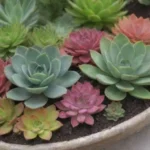 DIY Pest Traps: Effective Solutions for Your Succulent Garden
DIY Pest Traps: Effective Solutions for Your Succulent GardenCreating an Ideal Environment for Succulents
The right environment plays a vital role in the health of your succulents and can serve as a natural deterrent to pests. A properly set up environment can mitigate the conditions that lead pests to thrive.
Optimal Light and Humidity Levels
Succulents require bright, indirect light for at least six hours a day. Natural light is incredibly important for their growth, so placing them by a south-facing window is often ideal. However, exposing succulents to harsh direct sunlight can lead to sunburn. It's essential to strike a balance, as too little light can lead to weakened plants susceptible to pests.
In addition to light, maintaining the correct humidity level is crucial. Succulents like drier environments, making high humidity a breeding ground for pests. Aim for a humidity level below 50%. If you notice that the air is too humid—especially in the summertime or rainy season—consider investing in a dehumidifier or introducing a small fan to improve air circulation around your plants.
Soil Drainage and Pot Choice
Succulents require well-draining soil to prevent root rot, which can attract a host of pests, particularly fungus gnats. Always opt for a soil mix designed specifically for succulents or cacti that contains components such as pumice, perlite, or coarse sand to enhance drainage.
In addition, the choice of pot is equally important. Ensure that you use pots with drainage holes to allow excess water to escape. Terracotta pots are beneficial because they absorb excess moisture, reduce humidity around the roots, and help maintain an ideal moisture level.
By adjusting both the light conditions and the soil type, you can create an optimal environment for your succulents, leaving pests with fewer reasons to invade.
Preventative Care Practices
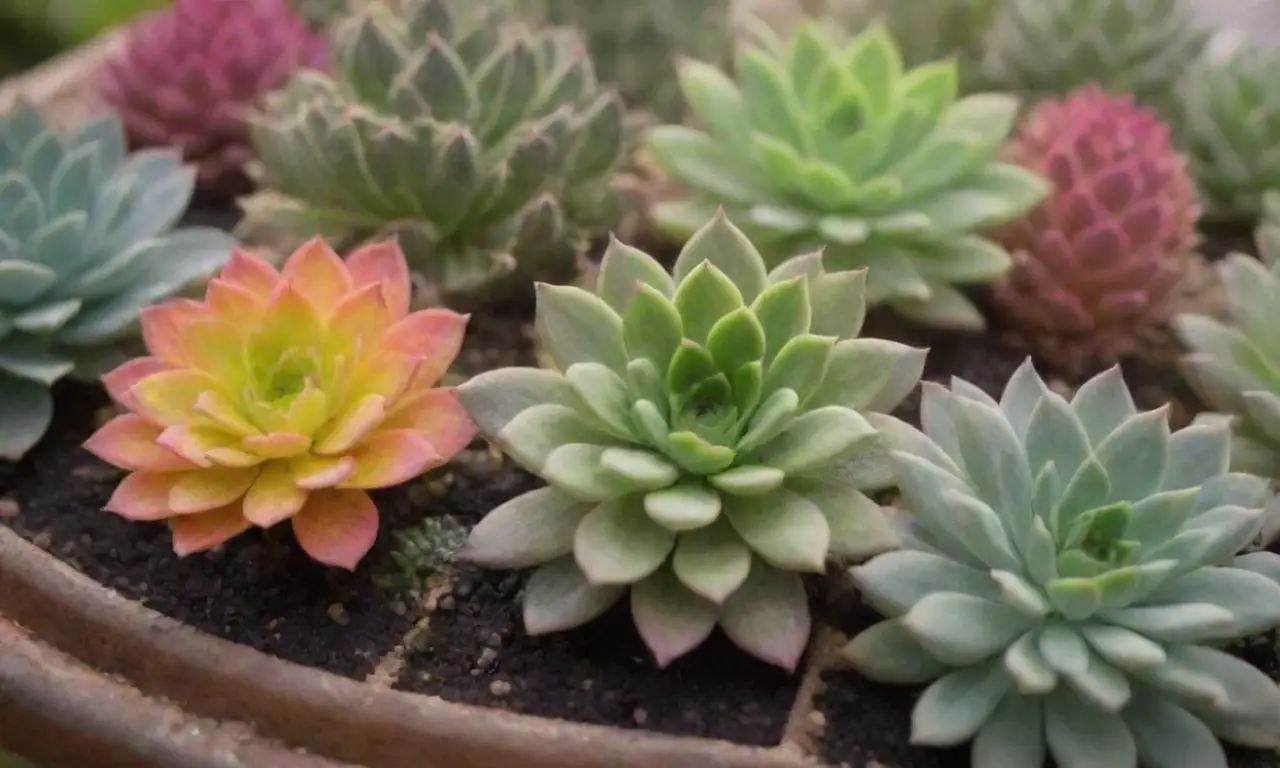
 How To Safely Propagate Succulents While Managing Pest Risks
How To Safely Propagate Succulents While Managing Pest RisksPrevention is always better than cure when it comes to managing pests. Implementing a few proactive strategies can drastically reduce the likelihood of infestations.
Routine Inspections
Consistent monitoring of your succulents is vital. Regularly check the leaves and stems for any signs of pests. The earlier you catch a pest problem, the easier it is to manage. Look for discoloration, deformation, or any sticky residue on the leaves—these can all be indicators of pest presence.
To make your inspections effective, consider doing this while watering your plants or during routine maintenance. This not only helps you build a connection with your plants but allows you to quickly address potential issues as they arise.
Quarantine New Additions
If you add new succulents to your collection, always place them in quarantine for a few weeks before integrating them into your main garden. This practice helps to ensure that any pests or diseases present in the new plants don’t spread to your existing, healthy succulents. During this quarantine period, inspect the new plants thoroughly for any signs of pests; if you notice any, treat them immediately.
Proper Watering Techniques
Overwatering is a common pitfall for succulent care and can lead not only to root rot but also to an increase in pest infestations. Ensure that you use the “soak and dry” method when watering, which entails soaking the soil thoroughly and then allowing it to dry completely before re-watering. By keeping your succulents in moisture-controlled conditions, you reduce the likelihood of attracting pests like fungus gnats.
Natural Pest Control Methods
Sometimes, despite our best efforts, pests may still find their way to our plants. In such cases, it's essential to have on hand some natural pest control methods that are safe for your succulents and effective at eliminating unwanted guests.
Neem Oil Treatment
One of the most popular natural pest control remedies is neem oil, derived from the seeds of the neem tree. This oil has anti-fungal properties and acts as a natural pesticide by disrupting the life cycle of pests. Simply mix a few drops of neem oil with water in a spray bottle and apply it generously to affected areas. It is important to apply neem oil during cooler hours of the day to prevent leaf burn.
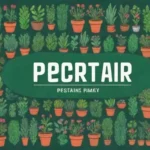 Exploring the Benefits of Plant Quarantine Against Pests
Exploring the Benefits of Plant Quarantine Against PestsAlcohol Solution
A simple but effective method to tackle mealybugs and aphids is using a diluted rubbing alcohol solution. Mix one part alcohol with three parts water and apply it to the affected areas using a cotton swab or spray bottle. This solution works by suffocating the pests and should be reapplied every few days until the infestation is under control.
Insecticidal Soap
Insecticidal soap is another excellent option for pest control. This product is made from naturally derived plant oils and can help rid your plants of aphids and spider mites without causing harm to them. Ensure to apply it according to the product directions, typically in the early morning or late evening to avoid scorching from the sun.
Conclusion
Keeping your succulents pest-free year-round is entirely feasible with dedication to proper care and preventive strategies. By understanding common pests and what attracts them, you can make informed decisions to create an ideal environment for your succulents, leading to healthier plants.
Implementing routine inspections, ensuring proper watering techniques, and allowing for environmental adjustments are foundational practices that will protect your plants. When needed, turn to natural solutions like neem oil, rubbing alcohol solutions, or insecticidal soap for effective pest control without harming your succulents or the environment.
In summary, with careful observation, proper maintenance, and the right pest management tactics, you can create a thriving succulent garden that will remain pest-free for years to come, allowing you to enjoy the beauty and benefits of these remarkable plants with peace of mind.
If you want to read more articles similar to Long-Term Solutions for Keeping Succulents Pest-Free Year-Round, you can visit the Common Pests category.

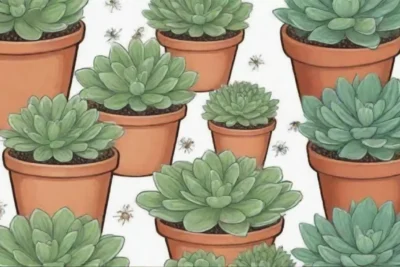
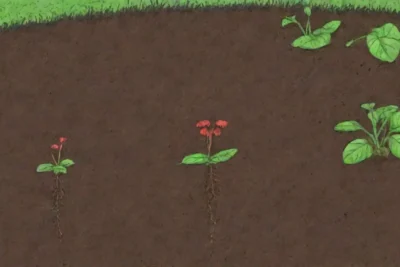
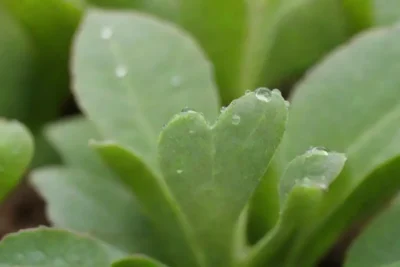
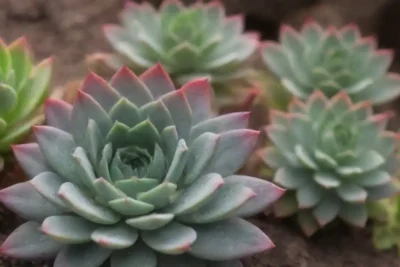
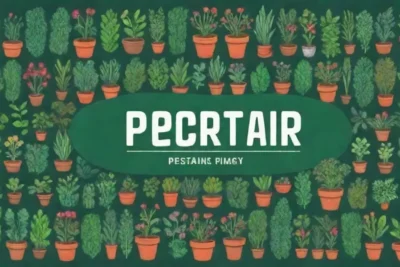
You Must Read